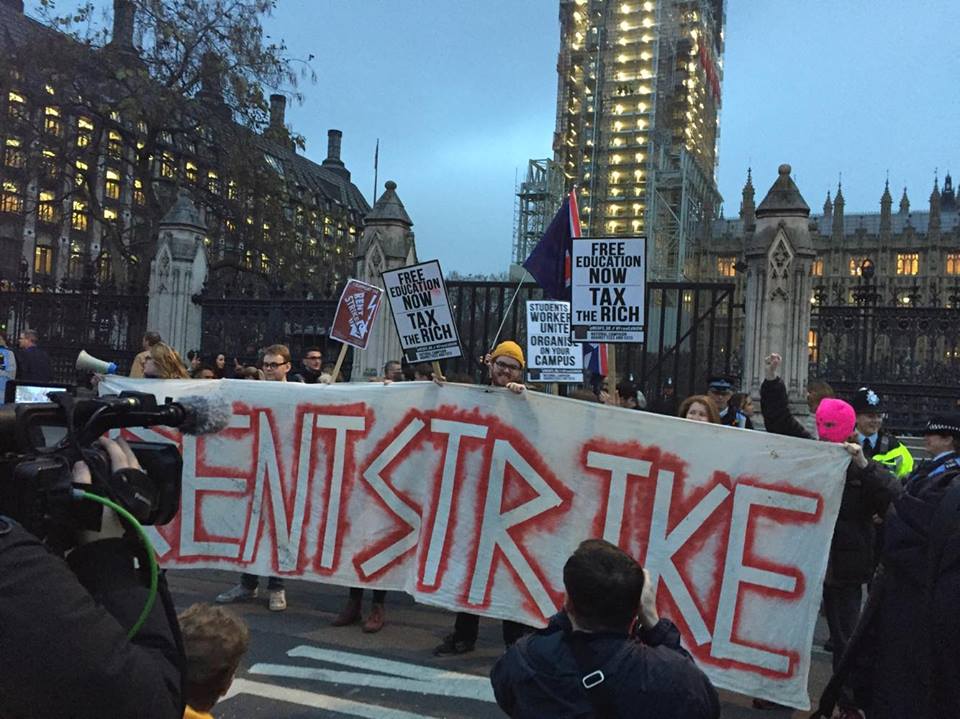The teenage dream of motor travel is rapidly becoming unattainable due to rising tuition fees, fuel costs and lower job prospects.
Many have turned instead to cheaper methods of transportation, with operators reporting a record surge in the purchase of coach and rail cards.
National Express, Britain’s largest coach operator, has reported that 36 percent more discount cards have been sold compared to last year.
Train companies have reported a similar trend, with a record number of young people now holding a railcard: over 1.2 million were sold or renewed last year, compared to 950,000 in 2005.
The Association of Train Operating Companies (Atoc) said that 18-25-year-olds have made 60 percent more train journeys compared to five years ago.
Atoc spokesman Edward Welsh said: “We know a lot of under 25-year-olds are struggling to afford the costs of buying, running and insuring a car – and that’s on top of paying for driving lessons.”
Motoring organisations confirm that the economic conditions, not conscientious choice, are the cause of the fall in students owning cars.
Edmund King, president of the Automobile Association (AA), said: “You’ve got more young people going to university with tuition fees, and they basically don’t have money to take lessons or get insurance.”
The number of 17-year-olds taking driving tests has continued to fall each year.
Whilst nearly half of British 17-20 year-olds had driving licenses two decades ago, today just 35 percent do.
The number of under-25 year-olds taking driving tests has fallen by 20 percent in five years, according to the Driving Standards Agency.
However, Edmund King maintains that the dream of owning a car has not faded away: “There’s still that desire, but financial circumstances have blunted the uptake. Despite the environmental talk and all else, I don’t think the aspirations have changed that much.”
However, University of Sussex student Nyani Lebrasse disagrees.
He said: “I’ve never felt the need to get a car. Brighton is a very accessible place, and with the regular train and bus services and the simple cycling route I am able to travel to university quite easily. I think that regular transport services really make the biggest difference.”
Brighton and Hove Bus Company’s 25 route, running from the city centre to the universities, often runs every five minutes.
Brighton-based students might not be feeling the pinch as much as others nationwide.
However, Politics student Zia Qureshi has expressed little faith in Brighton’s transport network.
He said: “Even as a student who holds down a part-time job I still struggle to justify the costs of motoring, but the unreliability and cost of travel in Brighton still deters me. I think that it’s too expensive – a return fare for the buses and trains is so much more than what it would cost in petrol, and we car share so it lowers the cost even more.”
Previously the 42 Lemon Bus route had encouraged greater price competition amongst university-bound buses, but this year it caved to commercial pressure from its competitor, the Brighton and Hove 25.
Former Executive Director of Greenpeace, Stephen Tindale, raised his concerns.
He stated: “It’s good news that students and other young people are increasingly going by coach rather than driving – this will help protect the climate and so their own futures.
“But it’s worrying if this is only because of the cost of driving, rather than any commitment to protect the climate.
“It means that when the economy recovers and job prospects improve, young people will get behind the wheel again.
“There’s still masses of work to be done to convince young people – and indeed older people – that the car shouldn’t be used more than necessary.”




